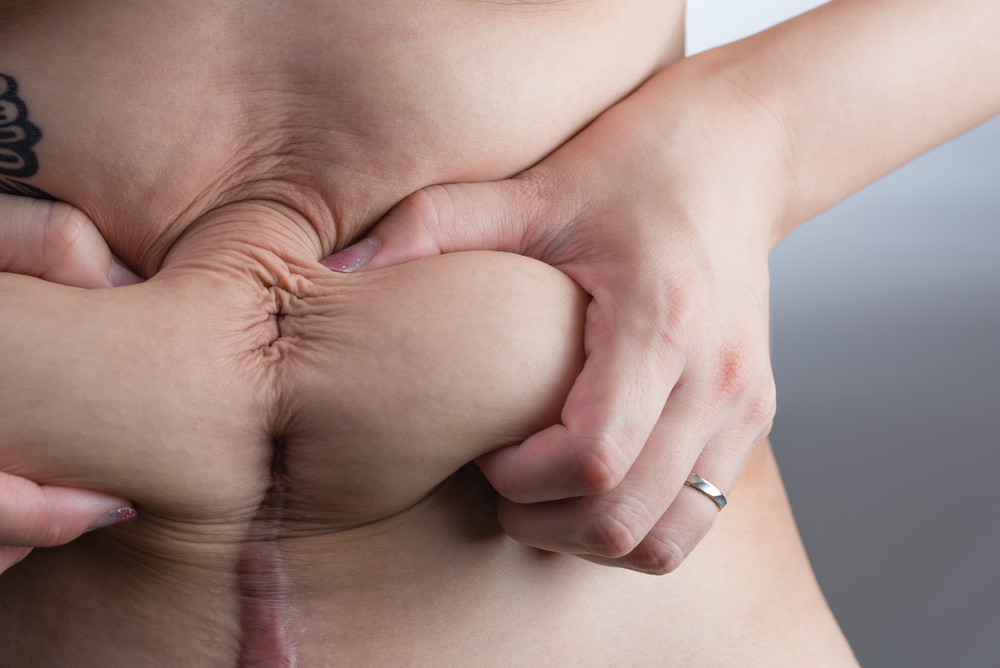What is breast implant removal surgery?
Breast implant removal or explant surgery, is a procedure to remove old, damaged or unwanted breast implants. The procedure is common, with nearly 20 percent of women who receive breast implants having them removed within 8 to 10 years.
According to data from the American Society Plastic Surgeons (ASPS), about 28,000 explantation surgeries were performed in 2017. Statistics show that women from all walks of life are deciding to undergo breast explant surgery, and their motivations are as varied as they are.
Breast implant removal surgery options
There are a number of options for women who want to have their breast implants removed. These options include:
- Implant removal alone
- Implant removal followed by a capsulectomy (also known as en bloc removal)
- Implant removal followed by the replacement of an existing implant
- Implant removal followed by simultaneous fat grafting or a breast lift
How much does breast implant removal surgery cost?
The cost of your breast implant removal surgery will depend on the type of procedure you have and whether it’s performed on a single breast (unilateral) or both breasts (bilateral).
- Implant removal alone – Unilateral: $3500; Bilateral: $4500
- Implant removal followed by a capsulectomy – Unilateral: $5000; Bilateral: $6500
- Implant removal followed by the replacement of an existing implant – Unilateral: $5500; Bilateral: $6500
- Implant removal followed by simultaneous fat grafting or a breast lift – Unilateral: $7000; Bilateral: $9000
Should I remove my breast implants?
The decision to have your breast implants removed will vary. The most common reasons to have your breast implants removed are:
- Surgical complications: Breast implant sagging, deflation, wrinkling, displacement, extrusion and asymmetry.
- Lifestyle changes: Implants are too small, big or no longer wanted.
- Health reasons: Breast implant illness, capsular contracture, infection or silicone leakage.
Most women who opt to have their breast implants removed are between the ages of 30 and 54. Many plastic surgeons point out that it’s natural to want to be sexy in your 20s, which is why many women in this age group choose to have breast augmentation. But in our 40s we tend to focus more on what’s practical, and on our health.
“The common thread among my patients is a feeling that this is a different time in their lives and that breast implants are no longer part of their body image,” says Dr. Greg A. Buford, a plastic surgeon based in Englewood, Colorado.
Add to that the fact that we’re in the midst of a fitness era, and it’s easy to see why more women are opting for breast reduction by having their silicone or saline implants removed or replaced with smaller implants.
“The recent trend has been for a smaller, more natural look rather than an overfilled, full look,” says Dr. Cheri A. Ong, a plastic surgeon in Scottsdale, Arizona. “Most women have their implants removed for this reason.”
What is the breast implant removal surgery procedure like?
The amount of time your breast implant removal surgery will take and whether it can be performed under local or general anesthesia will depend on the type of procedure you have.
- Implant removal alone: This procedure takes around 45 minutes and is usually done under general anesthesia. It may also be done under local anesthesia with sedation.
- Implant removal and capsulectomy: This procedure takes 1 hour per breast and is performed under general anesthesia.
- Implant exchange: This procedure takes 30 minutes for a single breast and 1 hour for both. It is done under general anesthesia.
- Implant removal with breast liftDepending upon the size of your breasts, this operation should take 2-3 hours. It is performed under general anesthesia.
Risks and complications of breast implant removal surgery
Every surgery comes with some potential risks and complications. The most common complications of breast implant removal surgery are:
- Capsular contracture
- Implant removal and/or replacement due to leakage or rupture
- Implant removal
- Deflated breasts (from saline implant rupture)
Less common complications and side effects include:
- Infection
- Scarring
- Seroma/Fluid collection
- Sagging breasts (ptosis)
- Anesthesia-related complications
- Loss of feeling in the nipples
- Psychological effects
- Swollen lymph nodes
- Breast pain
- Implant visibility through the skin
- Implant displacement
- Necrosis (tissue death)
- Shrinking or thinning of skin
The FDA has a full list of potential risks and complications associated with breast implant removal surgery on their website.
Breast implant removal surgery recovery
Each patient’s recovery is different and may vary based on a number of factors, namely the type of procedure that was performed and whether or not it involved placement of new implants.
You will probably need to wear a drain for 2–3 days and a compression garment for 3–4 weeks following surgery.
The amount of time it will take to return to work following your breast implant removal surgery will depend on the procedure you have. The average recovery ranges are:
- Implant removal alone: 5-7 days
- Implant removal and capsulectomy: 6-7 days
- Implant exchange: 7-8 days
- Implant removal with breast lift: 7-10 days
During your recovery, it is important that you carefully follow your surgeon’s instructions to avoid any unnecessary complications. The surgeon will advise you as to what you can and cannot do following the procedure. They will also tell you how to care for the incision and will let you know when and how often you need to return to the office for follow-up.
How long do breast implants last?
The FDA reports that breast implants have an estimated lifespan of 10-15 years. A complication known as capsular contracture and other exceptional circumstances can shorten this. As such, the younger a woman is when she has breast augmentation, the more likely she is to eventually need breast implant removal surgery.
Some plastic surgeons take issue with the FDA’s stance on breast implant longevity. Buford doesn’t mince words on the subject. “The myth of the 10-year breast implant lifespan is complete and utter nonsense,” he says. “But, unfortunately, many plastic surgeons still tell their patients that they need to change out their implants every 10 years and this is further reinforced by misinforming online sites and chat rooms.”
While not insisting on the 10-year rule, Boston plastic surgeon Dr. Samuel Lin points out that there are cases where this timeframe will be a factor. For example, if the implants were placed above the muscle, which was more common a decade ago and prior, capsular contracture is more likely to occur, and this typically requires implant removal. “I usually tell patients that 20% of the time over a period of 10 years individuals have other procedures to maintain the implant,” he says.
Ong, too, says that any discussion of implant “lifespan” is only valid in the context of implant rupture. “Device rupture occurs as a result of a weakening of the shell, most commonly from a fold,” she explains. “Thus, the under-filled salines and softer silicone implants have a slightly higher rate of rupture compared to the newer generation cohesive implants. Having said that rates are low: between 5-10% in 10 years for the former and 1-3% in the latter, from data collected.”
“The myth of the 10-year breast implant lifespan is complete and utter nonsense” according Dr. Greg Buford.
Breast implant removal surgery before and after photos
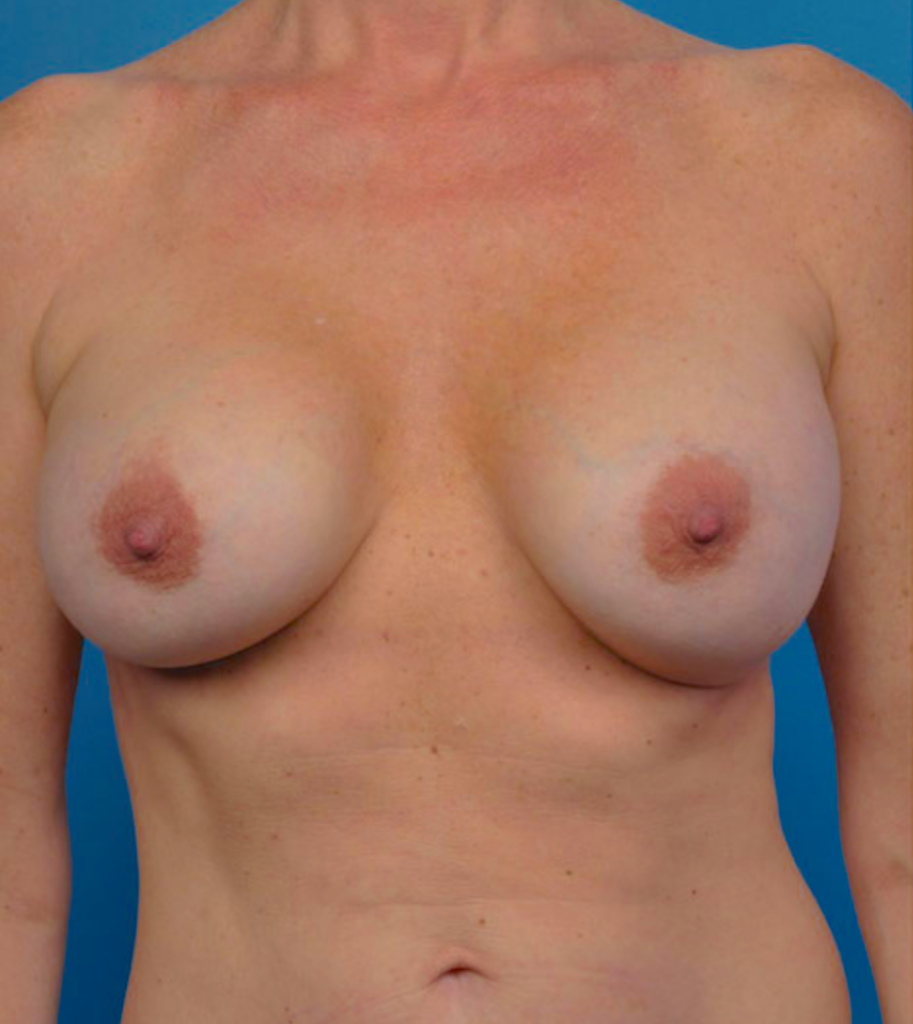
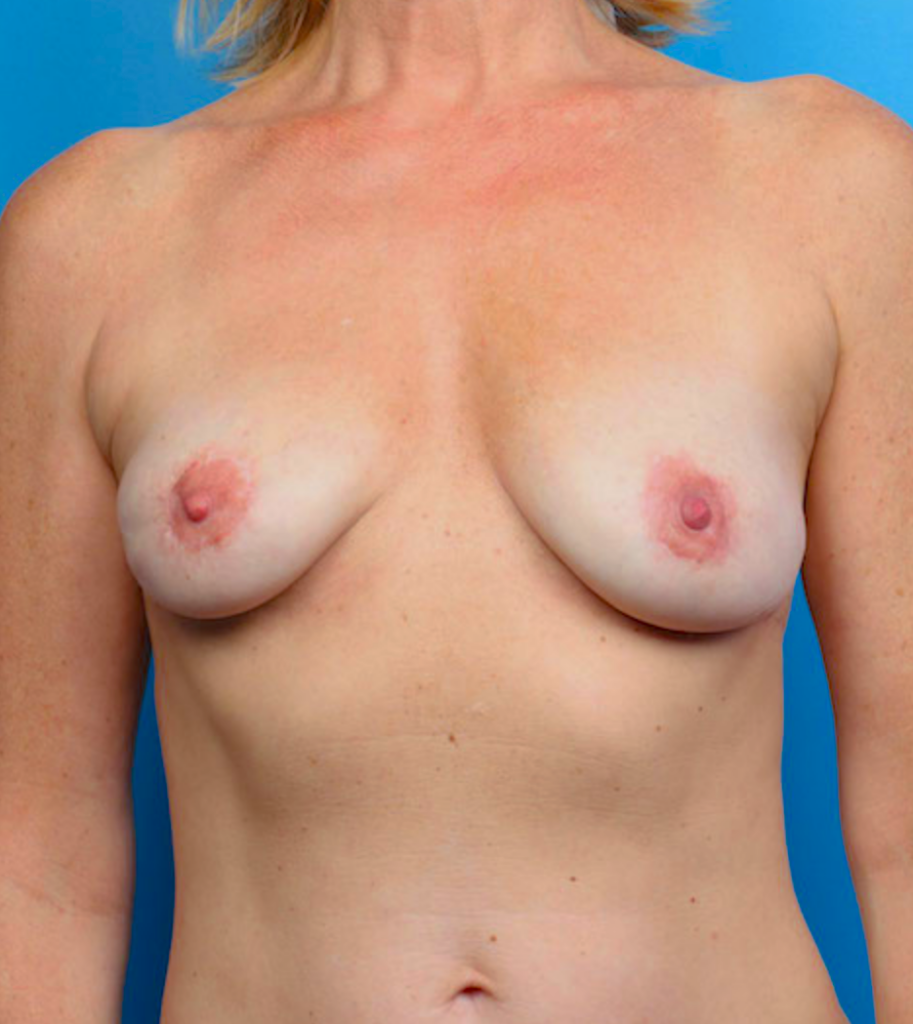
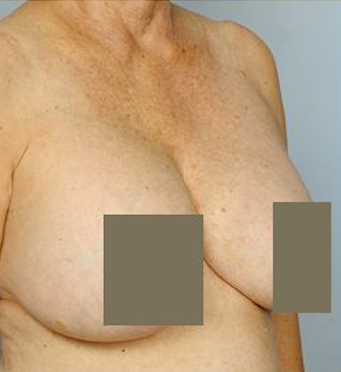
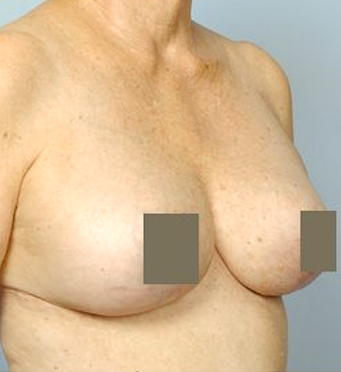


More breast implant removal surgery before and after photos are available on our forum.
Breast implant removal surgery reviews
Breast implant removal surgery has a high satisfaction rate. 100% of the people polled on Zwivel’s forum who had breast lift removal surgery were happy with their decision to have their breast implants removed.
Breast implant illness and implant removal
Another group of women are having their breast implants removed out of concern for their health. In March the Food and Drug Administration announced that breast implants had been linked to nine deaths from a rare form of breast cancer. And a number of women have decided to have their implants removed out of concern that they were leading to health problems including swelling, rashes and joint pain.
And last year, tabloids didn’t hesitate to notify us that Playboy playmate Crystal Hefner had undergone breast explantation, saying her implants had made her ill. Another former playmate, Karen McDougal, has since announced that she too was having her implants removed because she suspected they were responsible for numerous health problems, including thyroid problems and severe allergies.
Hefner and McDougal are not the only women to have reported experiencing symptoms of a condition that has been coined “breast implant illness” (BII). Symptoms reported include cognitive problems, fatigue and muscle pain. Some plastic surgeons believe these symptoms may stem from an inflammatory reaction caused by a foreign body, in this case a breast implant.
Others are more skeptical, or at least have yet to encounter women with health problems stemming from breast implants. “While there is a small, but vocal, group on the internet blaming breast implants for a variety of medical conditions, the people that I have worked with have been completely different and have not sought removal for anything related to their health,” says Buford.
Buford has little patience for surgeons and others that have raised concerns over BII, which he considers to be a mythical ailment. “Despite the efforts of a few unscrupulous plastic surgeons and a number of consumer groups to light fire under this myth, science has disproven the ‘breast implant illness’ myth,” he says.
Again Lin has a more nuanced opinion of the subject. “This phenomenon does appear to be a real entity considering the number of patients reporting these symptoms,” he says. However, he says, the cause(s) has not been fully defined. He also notes that some in the medical community have suggested that BII may be a psychosomatic disorder, especially given that studies have shown no proven connections between breast implants and long-term health outcomes.
Ong believes that while further discussion is needed, concerns over BII are real and need to be addressed.
“There have been a lot of reports of autoimmune issues and toxicities amongst some women with breast implants,” she says. “Many women who have had their implant removed due to this have reported resolution of these symptoms. There has been work to determine why some women may be more susceptible to these problems, based on their genetic makeup. Although more research needs to be done, these concerns are real and need to be addressed appropriately. I think that it is very important for women to be informed about the potential risks prior to implantation.”
What all of the surgeons we interviewed do agree upon is that reports of Anaplastic Large Cell Lymphoma (ALCL), a rare form of cancer that has been correlated to one specific type of textured implant, are valid. On May 23, the FDA issued a statement on the matter that reads, in part:
Since 2011, we have strengthened our understanding of this condition and concur with the World Health Organization designation of breast implant-associated anaplastic large cell lymphoma (BIA-ALCL) as a rare T-cell lymphoma that can develop following breast implants.
The exact number of cases remains difficult to determine due to significant limitations in world-wide reporting and lack of global implant sales data. At this time, most data suggest that BIA-ALCL occurs more frequently following implantation of breast implants with textured surfaces rather than those with smooth surfaces.







